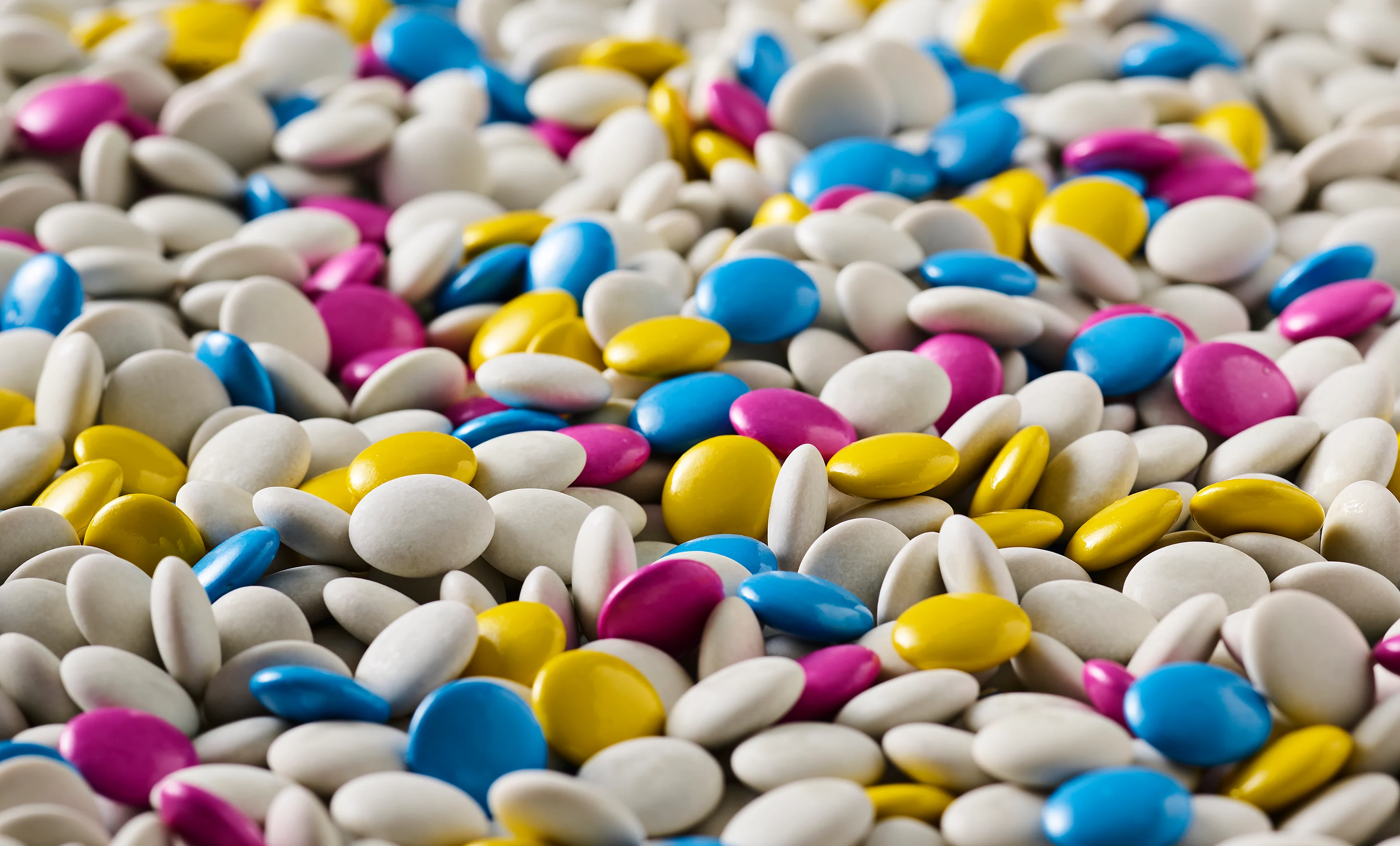Regulatory News | Feb 02. 2022 - 3:24PM
Why it’s time to ditch titanium dioxide
Time is up for TiO2 in Europe
Our expert
Lotte Jeppesen
Industry Business Manager for Confectionery
A ban for the use of titanium dioxide (TiO2) as a food additive will come into force in February 2022 in the EU. The ban comes after the European Food Safety Authority (EFSA) back in May 2021 concluded that a concern for genotoxicity* of TiO2 particles could not be ruled out. Based on this concern, EFSA’s experts could no longer consider titanium dioxide safe when used as a food additive.
According to article 2 of EC regulation 1333/2008, foods produced in accordance with the rules applicable before 7 February 2022 may continue to be placed on the market until 7 August 2022. After that date, they may remain on the market until their date of minimum durability or ‘use by’ date.
Read the full regulation here: EUR-Lex - 32022R0063 - EN - EUR-Lex (europa.eu)
The activity on TiO2 in Europe has led to increased regulatory focus in multiple regions with proposed or actual reviews ongoing in the US, Brazil and Australia and New Zealand. This has led to an increased interest and rush to replace TiO2 among food manufacturers around the world.
Why is white so important in food?
White may not be the first color that comes to mind when thinking of food colors. However, white is one of the most used food colors in confectionery in particular. Not only just as final white color, but also as an opacifier to create pastel colors or add an element of creaminess to a color. In addition, white colors are also highly used as a base color in panned products, so the final color will appear bright and vivid. White is also popular as a color for seasonal products such as winter and Christmas editions.
Titanium dioxide is currently the most used white food color. However, the number of new product launches in confectionery using TiO2 have seen a 40% decline in the last five years, according to Innova.
What are the alternatives?
Calcium carbonate and rice starch are the most common natural alternatives to TiO2 in food and beverage, in particular in sweet applications.
Calcium carbonate is a color additive (E170) and is suitable for neutral pH products such as panned products, sugar icing, cookies and chewing gum but can also be used in higher viscosity products such as hard candies. It has excellent light and heat stability.
Rice starch is a food ingredient with opacifying properties. It works well in low pH as well as neutral pH products such as panned products. It has excellent light stability.
Oterra has Calcium carbonate products in the CapColors® range and rice starch in the FruitMax® range. For more info on alternatives to TiO2 – please get in touch
*Genotoxicity refers to the ability of a chemical substance to damage DNA, the genetic material of cells. As genotoxicity may lead to carcinogenic effects, it is essential to assess the potential genotoxic effect of a substance to conclude on its safety.
